Hillsound Interviews Fly Fishing Superwoman Camille Egdorf
Originally Posted on September 24, 2015
H: Hi Camille! Thank you for your time. I know you’ve been very busy the past couple weeks. How were all your trips?
C: My trips have been great. I never imagined I’d be able to do so much traveling at such a young age. I’m living my dream life and couldn’t be more grateful.
H: What is your favorite part of guiding fishing trips?
C: Meeting new people, seeing new cultures and getting to experience new places with others are all things I really enjoy about doing trips. Sharing this wonderful sport with others and watching people learn about how important our natural resources are is so gratifying. I love being able to share things with others and for me, this is the best way to do it.
H: You have some incredible photos shared on your Instagram account. I love that you tell a story with each fish you catch. What’s one of your most memorable ones?
C: My most memorable one is actually a recent one from my trip to Kamchatka a couple weeks ago. I caught the largest rainbow trout of my life which was on a mouse. I call it my Unicorn (the rarest, most elusive fish). I’ve been fishing all my life for a fish like that and words truly can’t express the feeling of finally getting to hold it, then watching it swim away. I’ll never forget it.
H: We know you started fishing at a very young age. Could you tell our readers what has motivated you to keep fishing and continue to have a strong passion for fishing?
C: I’ve always loved to fish and, truthfully, has been my motivation. The opportunity to travel the world and share the sport with others has also made it easy for me to keep going in the industry. I love everything about it.
H: To anyone who wants to start getting into the sport, what would you say is the most important thing to remember when starting out?
C: Be patient, things don’t happen overnight. Fly fishing is a tough sport to learn as there are so many aspects to it. Don’t get discouraged and be open to learning from others. Don’t give up if that loop isn’t perfect or if you’re constantly tangling up your line. It’ll get better with time, you just have to give it a chance.
H: You’ve travelled to so many beautiful places – where is your favorite place to fish?
C: While I love the tropics and fishing without waders, I truly love to fish in cooler climates like Alaska or Kamchatka. Kamchatka has probably been one of the most eye opening and enriching experiences I’ve ever had. The culture, the wildlife, the remoteness, the helicopters, the food and, of course, the fishing has made a permanent staple in my heart. Kamchatka truly is Alaska 100 years ago.
H: How do you train and master tricks and techniques to catch each type of fish? Is it all studying or more through experience and practice?
C: I’ve never had to ‘train’ myself to target a certain species. Usually, the first day of any trip is like an orientation where you learn where the fish hold in a river, what fly they’re eating, how to present the fly and how to fight the fish. The first day is always a major learning curve because every fishery is different. Even if you’ve fished all over the globe, you still have to keep an open mind and understand you don’t know everything about every fishery. Nobody does! Experience allows you to understand a fishery quicker but never to master it. That’s one thing I love about this sport, no matter how good you are or how long you’ve been doing it, you’re still learning new things every day.
H: What are some of the dangers of fishing? How can one prepare for the different environments when planning a fishing trip?
C: Drowning is the most dangerous and prominent aspect of fly fishing simply because anglers are always dealing with water. There are many things that can go wrong when spending a day on a river, lake or ocean but drowning is by far the scariest reality for any angler. The scenarios I’ve dealt with mostly occur in conditions where anglers are wearing waders and are in cooler climates, typically in Alaska, Montana or Kamchatka. Waders can be your worst enemy when they fill with water, causing you to sink and struggle to stay on the surface. It’s VERY important for fishermen & women to wear a wading belt every time they go fishing to help prevent water from rapidly filling their waders in the event they fall in. Anglers also need to be very conscious of where they are wading at all times. Drop offs, ledges and steep banks typically have very loose gravel and can easily give way when stepped on. Swift currents are almost always present near drop offs and can take you into areas where there’s brush and other obstacles that can suck you underwater. Put simply, always wear a wading belt, be aware of where you’re wading and don’t put yourself in dangerous positions. I’ve watched too many people go swimming while trying to retrieve a 2 dollar fly and no life is worth 2 dollars.
H: In one word, could you describe the momentous feeling you get when you have the fish you caught in your hands?
C: Indescribable.

H: What do you have planned for the upcoming months?
C: I leave for the Seychelles the end of September for three weeks, then in December I have a hosted trip to Argentina to Patagonia River Guides.
H: Do you stick to the warmer months for fishing or do you like to fish under all kinds of conditions?
C: I usually fish under all conditions. However, when temperatures reach the single digits and below, I stay home, drink hot chocolate and watch movies!
H: Thank you for answering our questions! Keep in touch and we’ll look out for your next project!
Follow Camille on all her adventures on Facebook, Instagram, and her blog.


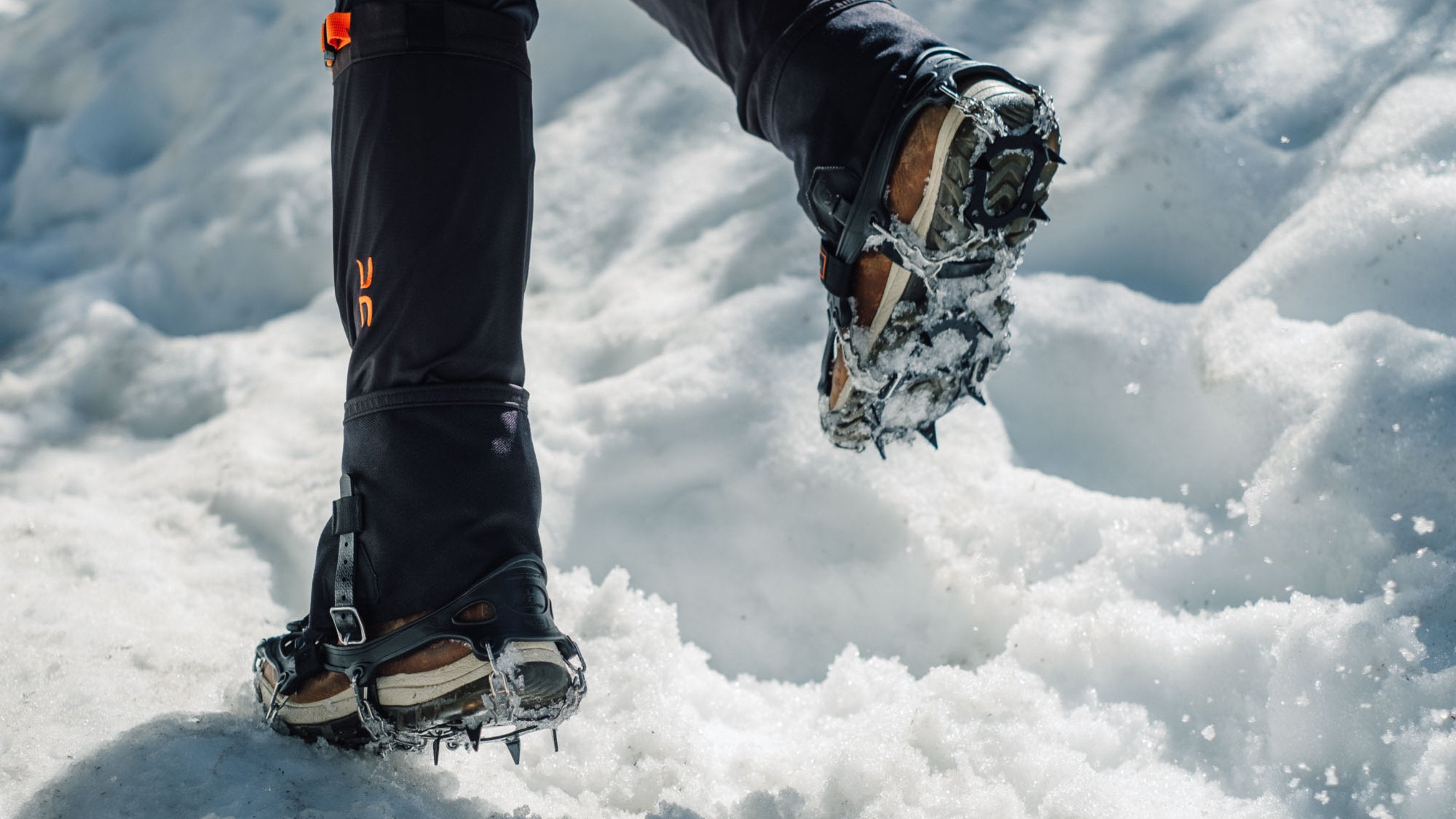
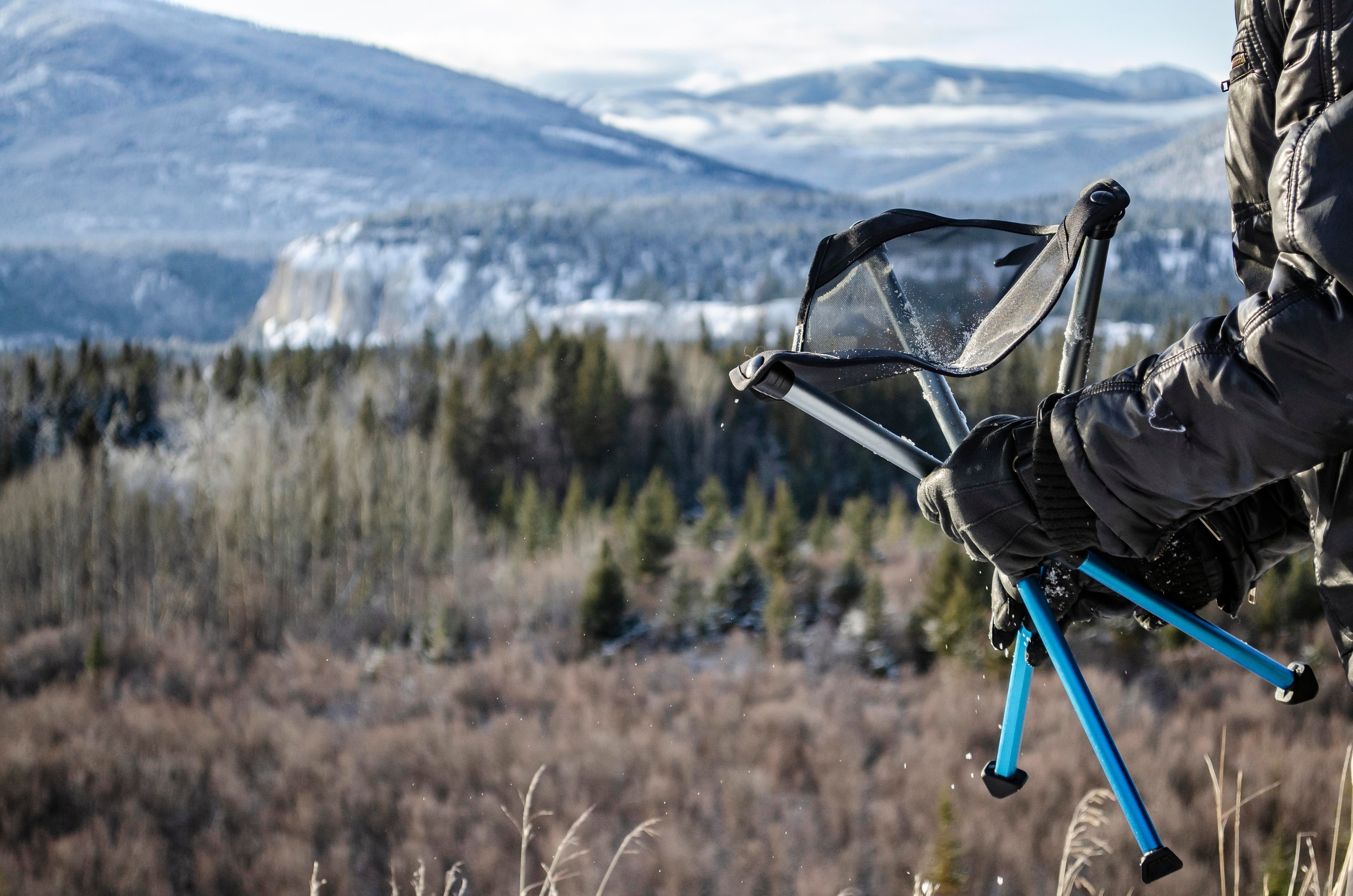
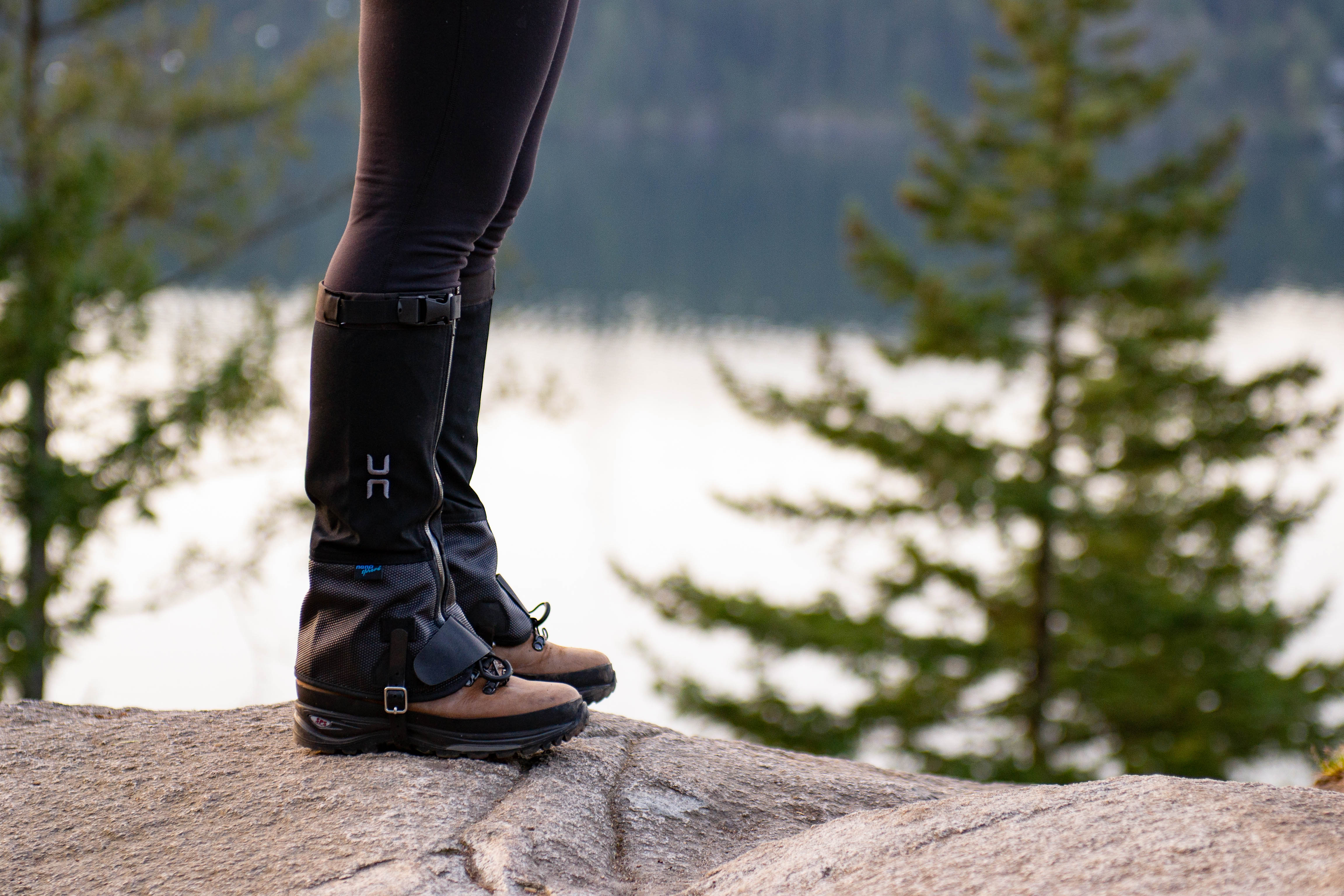
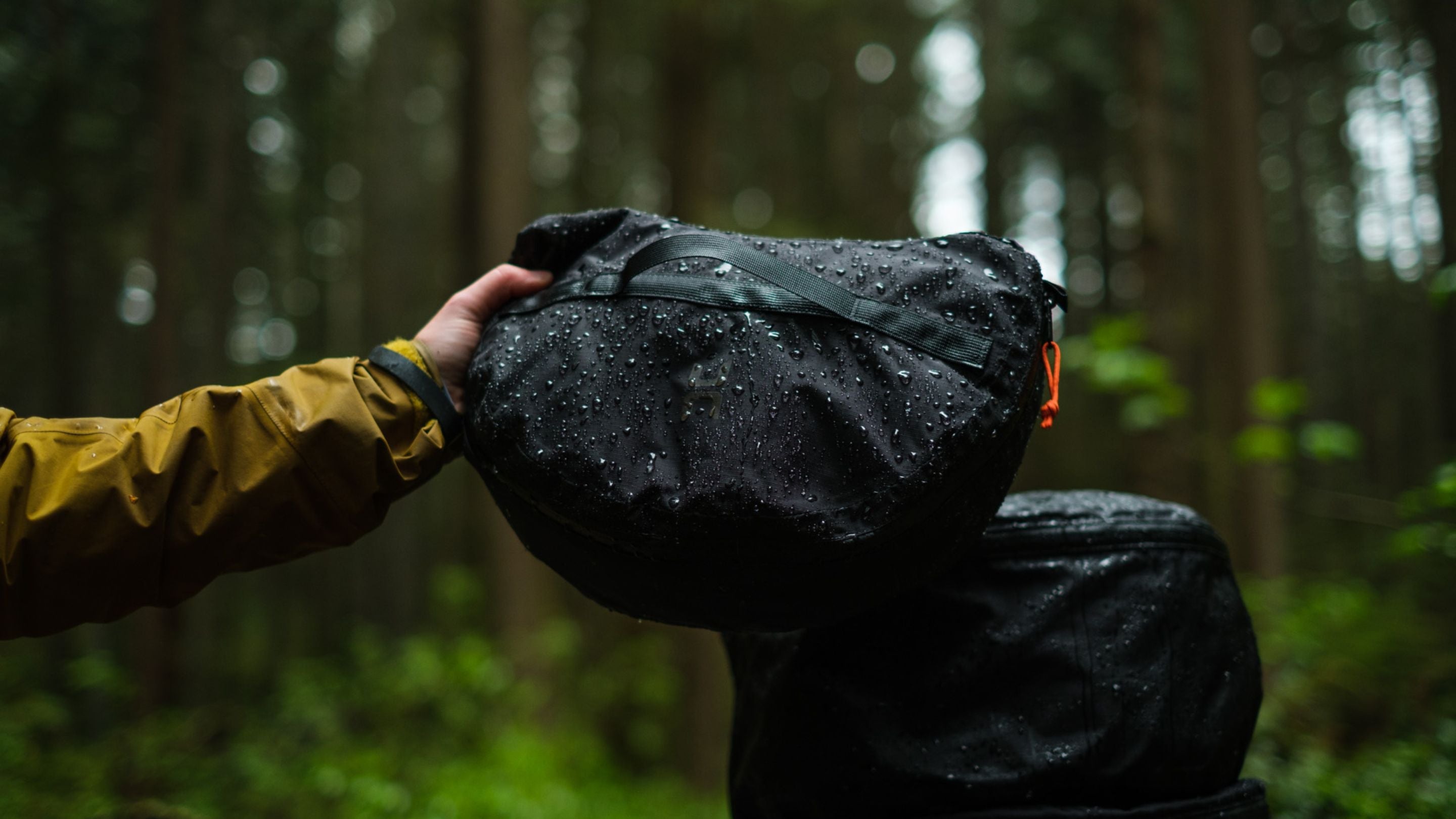
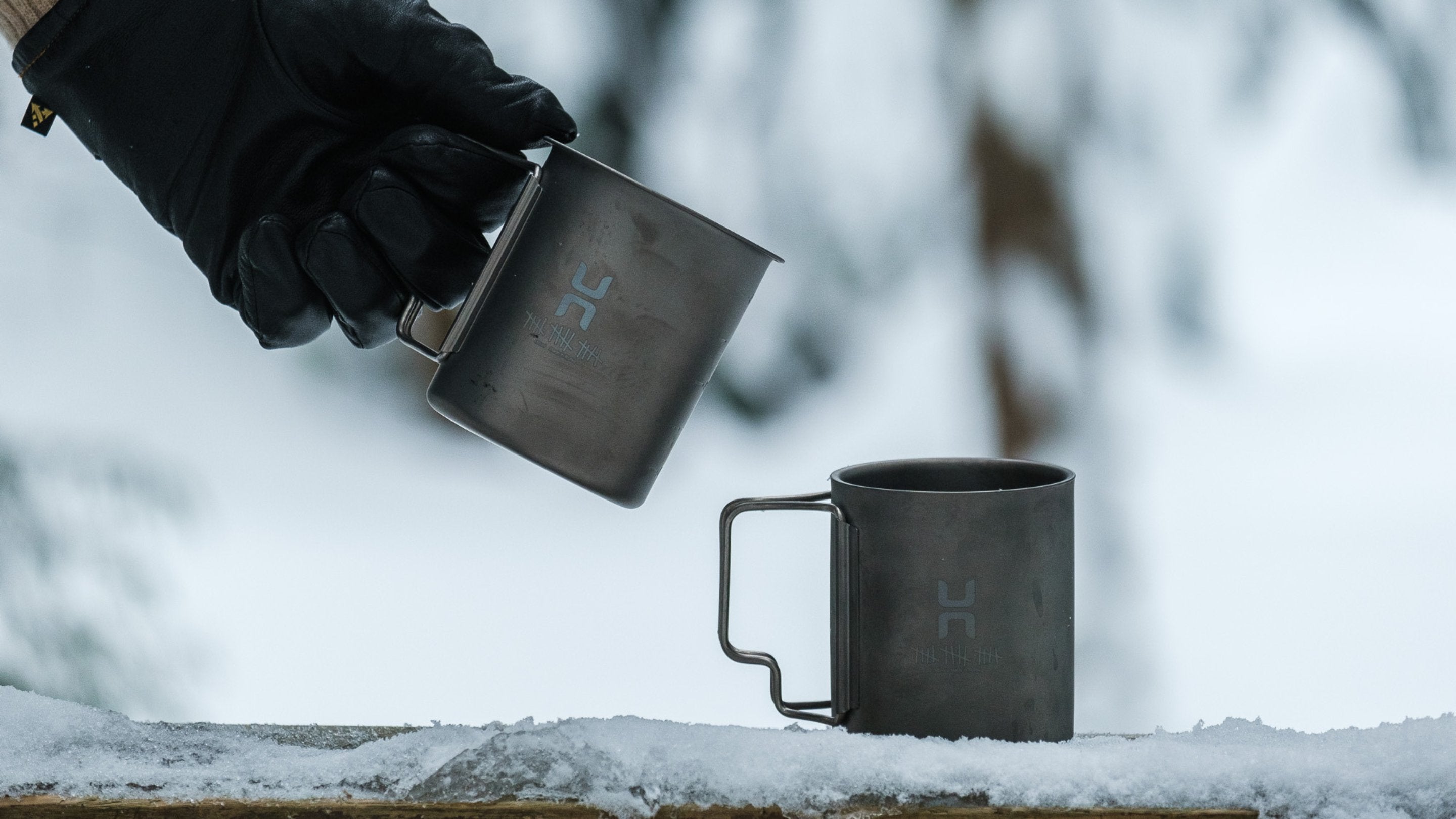
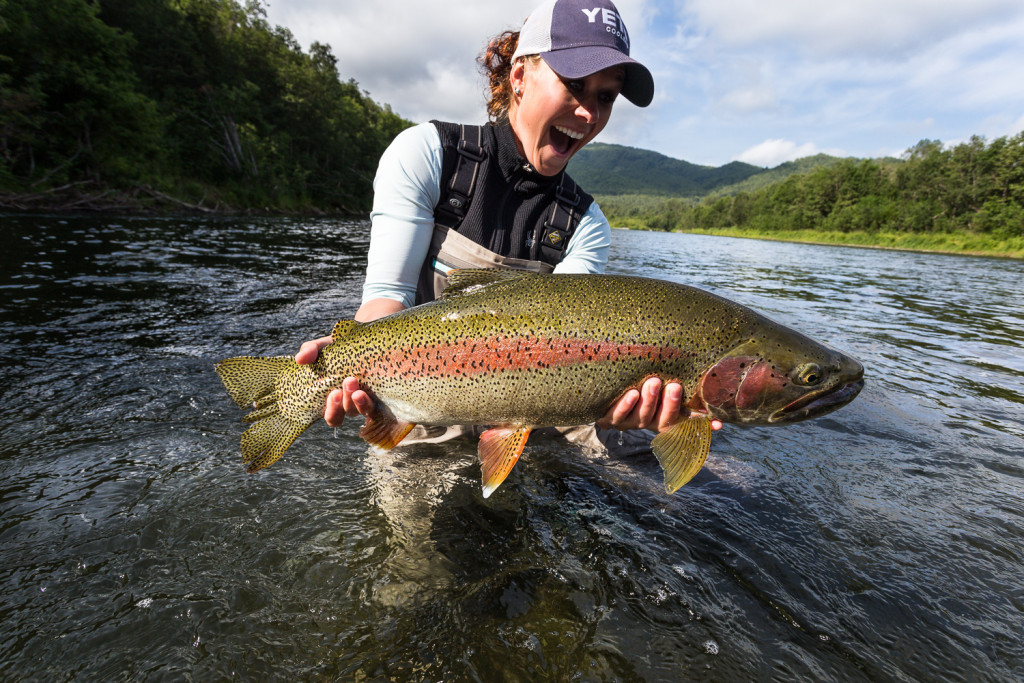
![Which Hillsound Crampon is Right for Your Winter Adventure? - [Canada] Hillsound Equipment](http://hillsound.ca/cdn/shop/articles/which-hillsound-crampon-is-right-for-your-winter-adventure-231615.jpg?v=1729689708&width=1080)
![The Best Backpacking Recipe Guide: Delicious Meals for Outdoor Adventures - [Canada] Hillsound Equipment](http://hillsound.ca/cdn/shop/articles/the-best-backpacking-recipe-guide-delicious-meals-for-outdoor-adventures-377677.jpg?v=1696535700&width=1080)
![Celebrating LGBTQ+ Outdoor Instagram Content Creators for Pride Month - [Canada] Hillsound Equipment](http://hillsound.ca/cdn/shop/articles/celebrating-lgbtq-outdoor-instagram-content-creators-for-pride-month-807396.jpg?v=1685693488&width=1080)
Leave a comment